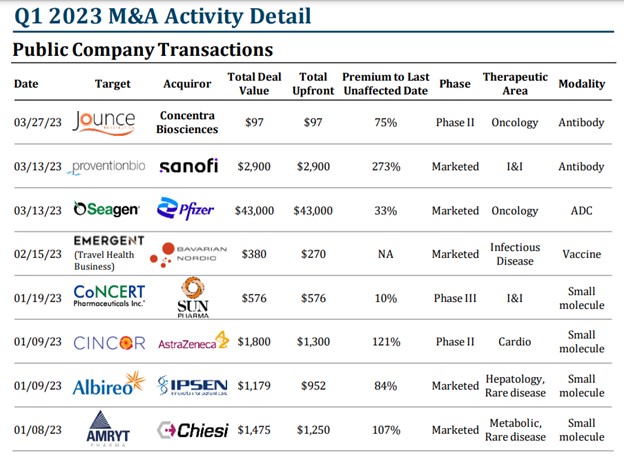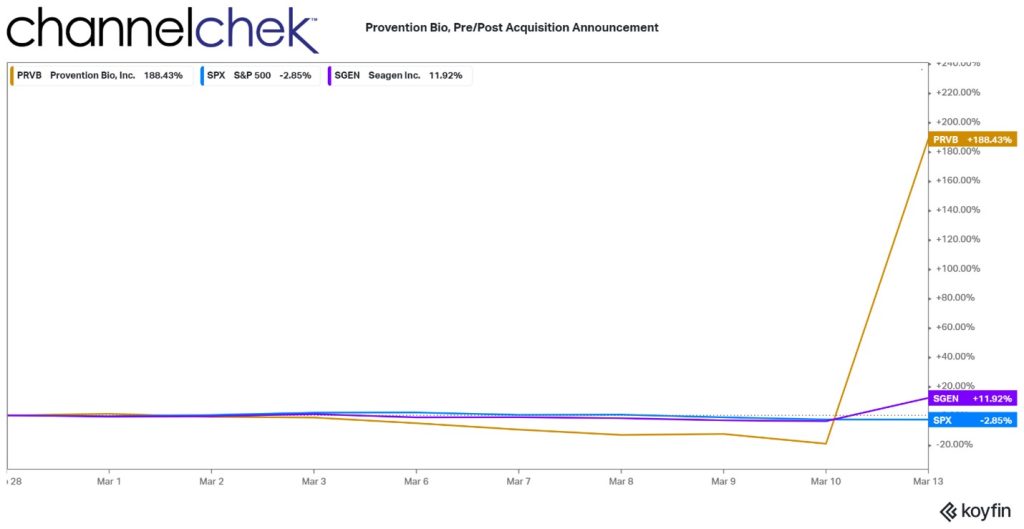INVO Bioscience (NASDAQ: INVO) and NAYA Biosciences have unveiled a definitive merger agreement. The primary objective of this union is to establish a robust, publicly traded life science conglomerate with a shared mission: to enhance patient access to life-altering treatments in the fields of oncology, fertility, and regenerative medicine.
The newly formed entity, to be known as “NAYA Biosciences,” will bring together the unique strengths and capabilities of both organizations, representing a significant leap forward in the healthcare landscape. NAYA Biosciences intends to chart a course that includes expanding revenue streams in the fertility sector, forging revenue-generating pharmaceutical partnerships for therapeutic initiatives, and strategically acquiring complementary technologies and companies.
Merger Details and Leadership Transition:
Under the terms of the agreement, INVO will acquire NAYA Biosciences in an all-stock transaction. Shareholders of NAYA Biosciences will receive 7.3333 shares of INVO for each share of NAYA Biosciences at the time of closing. This arrangement equates to approximately 18,150,000 shares of INVO. Dr. Daniel Teper, the current Chairman & CEO of NAYA Biosciences, will assume the position of Chairman & CEO of the combined company.
The merger is contingent on several closing conditions, including shareholder approval, an estimated $5 million or more (at NAYA’s discretion) in interim private financing in INVO at a premium relative to INVO’s market price at the time of financing (“Interim PIPE”), and a private offering by the combined company at a target price of $5.00 per share.
Valuation and Ownership Structure:
The merger values INVO at $12,373,780 and NAYA at $90,750,000. Subject to the successful execution of the Interim PIPE, post-transaction and prior to the private offering, INVO and NAYA shareholders will have ownership stakes of approximately 12% and 88%, respectively, in the combined company. This carefully structured deal is a testament to the alignment of interests and strategic vision.
A New Era for NAYA Biosciences:
Upon completion of the merger, NAYA Biosciences aims to operate as a NASDAQ-listed consortium comprising agile, disruptive, high-growth companies dedicated to expanding patient access to transformative treatments in three core areas:
- NAYA Oncology: Focused on pioneering solutions in the field of oncology, NAYA Oncology aims to revolutionize cancer treatments.
- NAYA Fertility: Committed to advancing fertility care, NAYA Fertility seeks to make assisted reproductive technology (ART) more accessible and inclusive for people worldwide.
- NAYA Regenerative Medicine: This division is at the forefront of regenerative medicine, with a mission to develop breakthrough treatments that can transform lives.
NAYA Biosciences brings together a unique set of capabilities, including expertise in biology, cell and gene therapy, and artificial intelligence (AI). This expertise, combined with INVO’s established network of fertility clinics (INVO Centers) and the innovative INVOcell® medical device for intravaginal culture, sets the stage for accelerated clinical development and the commercialization of groundbreaking treatments.
About NAYA Biosciences:
NAYA Biosciences is poised to become a leader in the life sciences arena, fostering a cluster of high-growth companies dedicated to advancing oncology, fertility, and regenerative medicine. Leveraging its proficiency in biology, cell and gene therapy, and AI, NAYA Biosciences is on a mission to redefine the landscape of healthcare.
About INVO Bioscience:
INVO Bioscience is a healthcare services fertility company committed to broadening access to assisted reproductive technology (ART) worldwide. The company’s strategy centers on the establishment of dedicated “INVO Centers” offering the INVOcell® and intravaginal culture procedure, acquisition of U.S.-based profitable in vitro fertilization (IVF) clinics, and the distribution of its proprietary technology into existing fertility clinics. INVOcell® represents a pioneering approach to fertilization and early embryo development within the woman’s body, offering a promising alternative to traditional IVF and intrauterine insemination (IUI) treatments.
The merger between INVO Bioscience and NAYA Biosciences represents a major milestone in the life sciences industry, poised to drive innovation and bring transformative treatments to patients worldwide.








